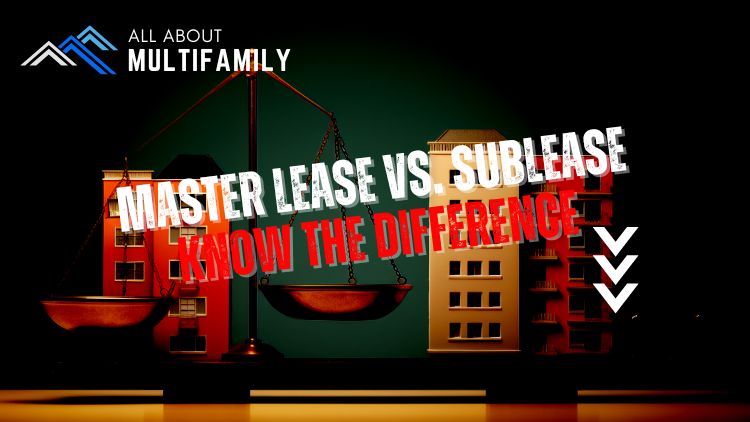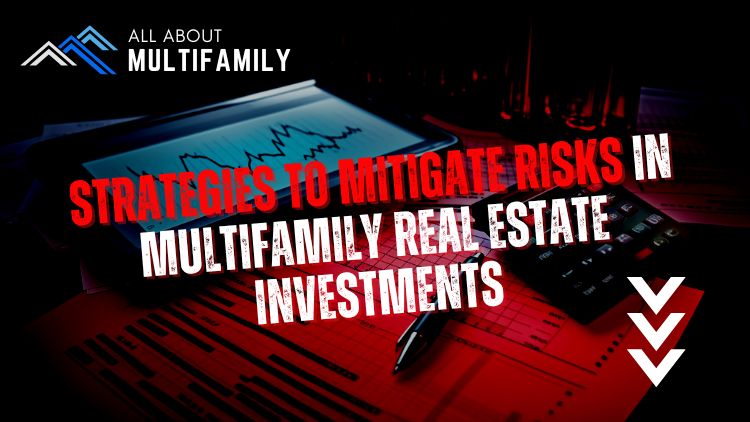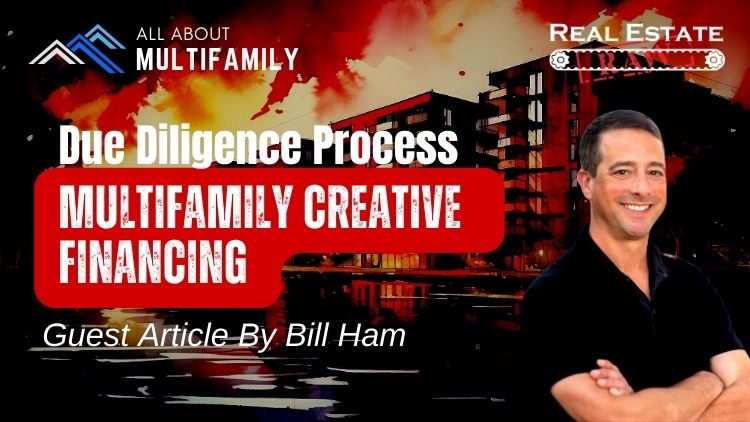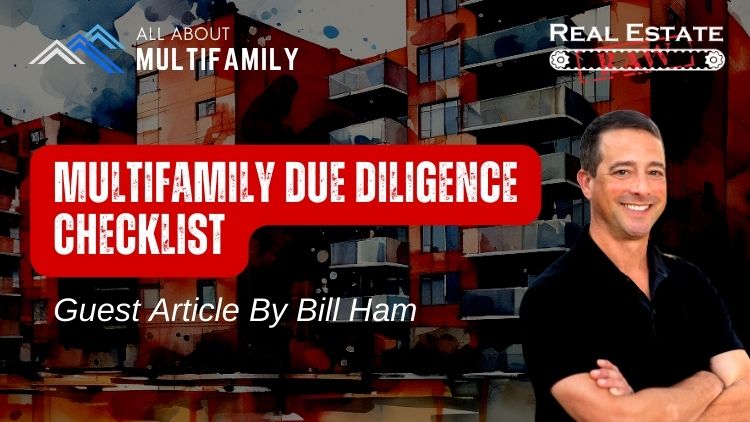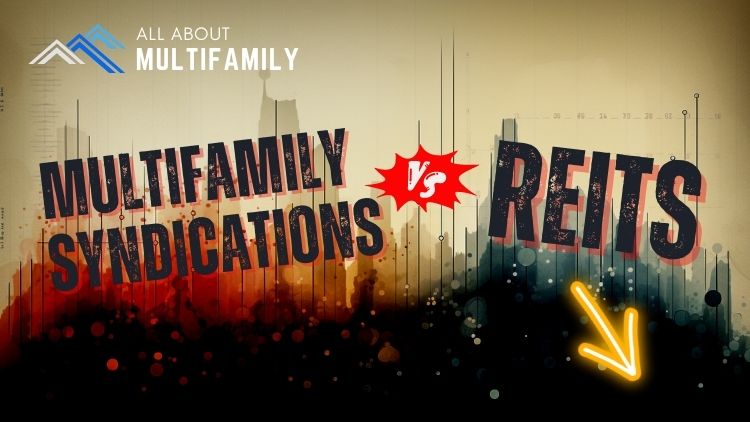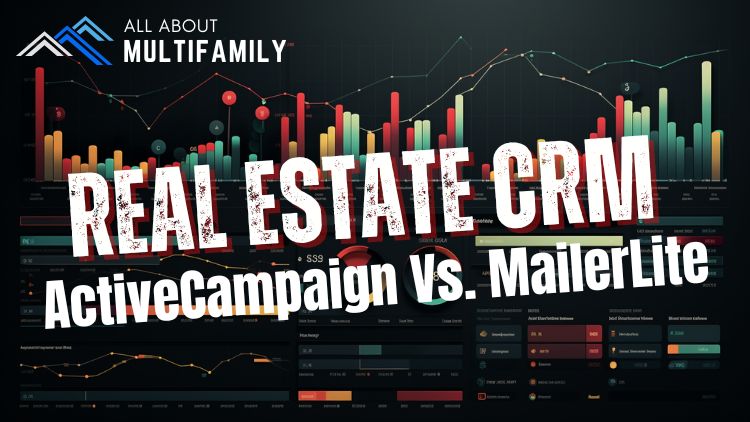Whether you’re a seasoned investor or just starting out, understanding the terminology used in this field is crucial to your success. In this article, we will provide you with an extensive glossary of 15 terms related to multifamily real estate, designed to help you navigate this complex and dynamic market.
1. Asset Class
Asset class refers to a group of similar investments that share common characteristics. In the context of multifamily real estate, it typically includes properties such as apartment buildings, townhouses, and condominium complexes. These properties are categorized based on factors like size, location, and investment potential.
2. Cash Flow
Cash flow is the net income generated by a multifamily property after deducting all expenses, such as mortgage payments, property management fees, and maintenance costs. Positive cash flow indicates that the property is generating more income than it requires to operate, making it a desirable investment.
3. Cap Rate
The capitalization rate (cap rate) is a financial metric used to evaluate the profitability of an investment property. It is calculated by dividing the property’s net operating income by its purchase price. A higher cap rate suggests a higher potential return on investment.
4. Debt Service Coverage Ratio (DSCR)
The Debt Service Coverage Ratio (DSCR) measures the ability of a property’s income to cover its debt obligations. It is calculated by dividing the property’s net operating income by its debt service payments. Lenders often consider a DSCR of 1.25 or higher as a favorable indicator of financial stability.
5. Equity
Equity represents the ownership interest or value that an investor has in a property after subtracting any outstanding debts. It can be increased through appreciation, principal payments, or improvements made to the property. Building equity is an essential aspect of long-term wealth creation in real estate.
6. Market Analysis
Market analysis involves evaluating the current and future conditions of the multifamily real estate market. It includes analyzing factors such as supply and demand, rental rates, occupancy rates, and economic trends. Conducting a thorough market analysis helps investors make informed decisions about potential investments.
7. Property Management
Property management refers to the operation, control, and oversight of a multifamily property. Property managers handle tasks such as tenant screening, rent collection, property maintenance, and resolving tenant issues. Effective property management is crucial for maximizing property value and ensuring tenant satisfaction.
8. Rent Roll
A rent roll is a document that provides a detailed breakdown of rental income for a multifamily property. It includes information about each tenant, such as their name, unit number, lease terms, and monthly rent. Analyzing the rent roll helps investors assess the financial performance and stability of a property.
9. ROI
Return on Investment (ROI) is a measure of the profitability of an investment. In multifamily real estate, ROI is calculated by dividing the property’s net profit by the initial investment cost. A higher ROI indicates a higher return relative to the amount invested and is a key consideration for investors.
10. Underwriting
Underwriting involves assessing the risk associated with a potential real estate investment. It includes evaluating factors such as the property’s financials, market conditions, and tenant profiles. Underwriting helps investors determine whether an investment aligns with their risk tolerance and financial goals.
11. Value-add
A value-add strategy involves making improvements or implementing changes to a multifamily property with the aim of increasing its value and cash flow. This can include renovations, upgrades, or implementing more efficient management practices. Value-add investments offer the potential for higher returns but require careful planning and execution.
12. 1031 Exchange
A 1031 exchange, also known as a like-kind exchange, is a provision in the U.S. tax code that allows real estate investors to defer capital gains taxes when selling one investment property and purchasing another similar property. This strategy enables investors to preserve their capital and reinvest it in higher-yielding properties.
13. Due Diligence
Due diligence involves conducting a thorough investigation and analysis of a multifamily property before making a purchase. It includes reviewing financial records, property inspections, tenant leases, and legal documentation. Performing due diligence helps investors identify any potential risks or issues associated with the property.
14. Passive Income
Passive income is money earned from investments in which the investor is not actively involved. Multifamily real estate investments can provide passive income through rental cash flow. Passive income offers the benefit of generating ongoing revenue while requiring less day-to-day involvement compared to active business ventures.
15. Tenant-in-Common (TIC)
A Tenant-in-Common (TIC) arrangement is a form of property ownership in which multiple individuals co-own a property. Each owner has a percentage interest in the property and shares in the income and expenses. TIC investments offer an opportunity to pool resources and invest in larger multifamily properties.














































![An In-Depth Look at Jake and Gino's Coaching Program [A Review]](https://allaboutmultifamilyinvesting.com/wp-content/uploads/2023/10/AAM-BMP-Blog-Covers-750-×-422px-6.jpg)


![Email Marketing Tips for Multifamily Real Estate Syndicators to Raise Capital [Templates included]](https://allaboutmultifamilyinvesting.com/wp-content/uploads/2023/09/AAM-BMP-Blog-Covers-750-×-422px-4.jpg)
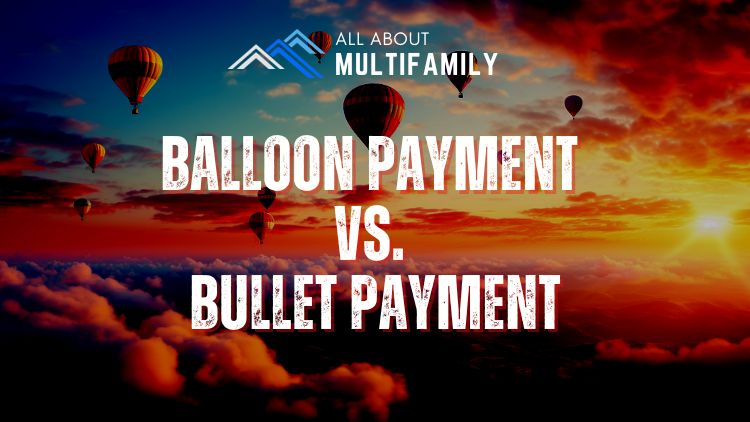
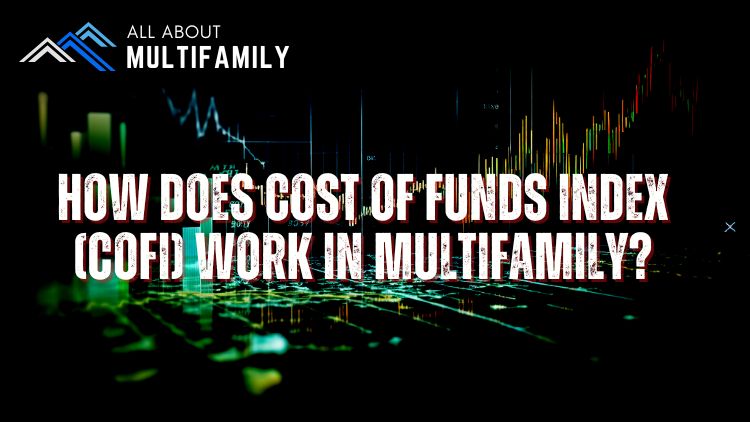




![The Richest Kids In America [Book Review]](https://allaboutmultifamilyinvesting.com/wp-content/uploads/2023/09/AAM-BMP-Blog-Covers-750-×-422px-84.jpg)


